Information Security Policies: Multifactor Authentication Best Practices
Jan 23, 2025
In the ever-evolving landscape of cybersecurity, relying on just a password is no longer sufficient to safeguard sensitive data and critical systems. With sophisticated cyberattacks becoming increasingly common, organizations need additional layers of protection to secure their assets. Multifactor authentication (MFA) has emerged as a cornerstone of modern security strategies, providing a robust defense against unauthorized access.
However, simply enabling MFA isn’t enough to guarantee security. Like any technology, its effectiveness depends on thoughtful implementation and adherence to best practices. This guide explores essential MFA best practices, common pitfalls, and practical strategies to help organizations build a resilient security framework.
What is Multifactor Authentication?
Multifactor authentication (also referred to as two factor authentication, or two step authentication) is a security mechanism that requires users to present two (two factor authentication) or more (multifactor authentication) independent credentials to verify their identity. These credentials are categorized into three types:
-
Something you know: Examples include passwords, PINs, or answers to security questions.
-
Something you have: Examples include physical security tokens, smartphones, or hardware devices like YubiKeys.
-
Something you are: Examples include biometric identifiers such as fingerprints, facial recognition, or voice patterns.
By combining multiple authentication factors, MFA creates additional hurdles for attackers. Even if one factor is compromised—such as a stolen password—the attacker still needs access to the remaining factors, making unauthorized access significantly more difficult. These various types of MFA are part of broader authentication methods that enhance security by leveraging multiple credentials.
Why MFA is a Non-Negotiable in Information Security Policies
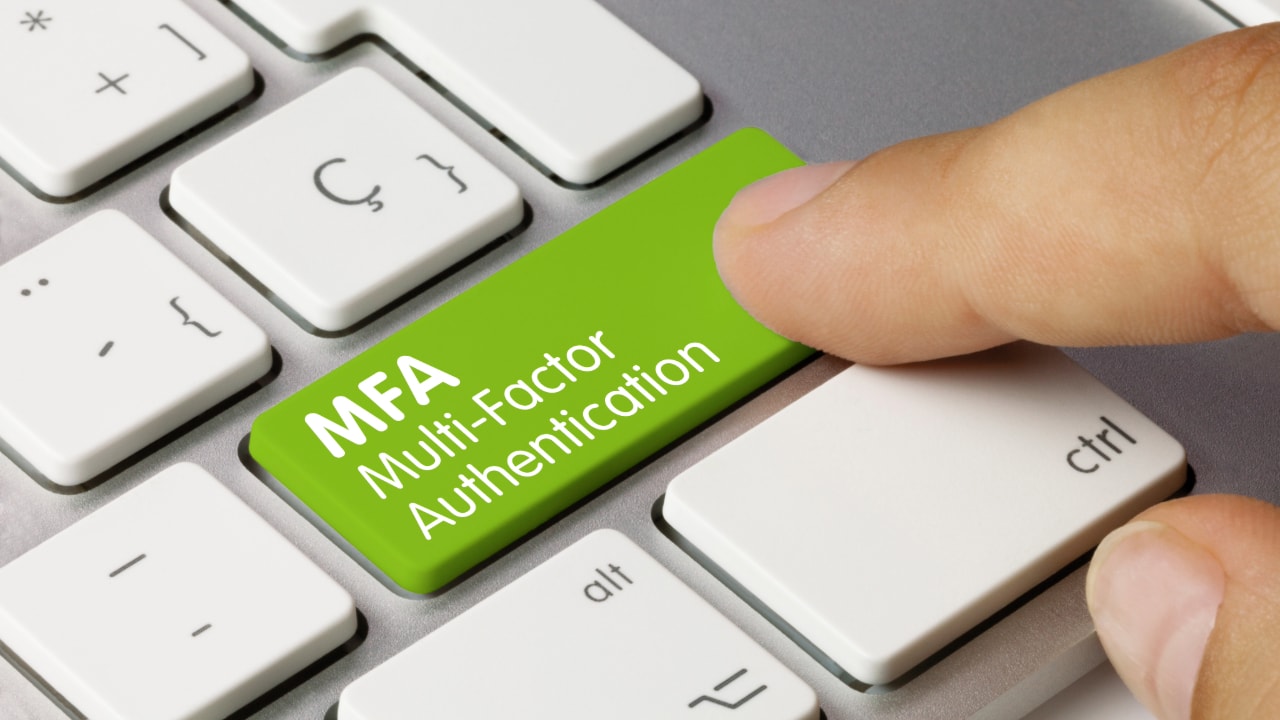
Passwords alone are no longer reliable in the fight against cyber threats. Data breaches, phishing attacks, and social engineering tactics target weak or reused passwords, leaving organizations vulnerable. MFA addresses these challenges by adding an extra layer of security, making it harder for attackers to exploit compromised credentials by requiring multiple factors to confirm a user's identity.
Enhanced Security Benefits
MFA significantly reduces the risk of unauthorized access to online accounts:
-
Phishing Resistance: Even if a user falls for a phishing scam, the attacker would still need the second authentication factor.
-
Brute Force Protection: Strong MFA solutions prevent attackers from gaining access even if they successfully guess or crack a password.
-
Account Recovery: In the event of a compromised password, MFA ensures that recovery processes remain secure.
Despite its advantages, poorly implemented MFA can introduce vulnerabilities. Therefore, adopting best practices is essential to maximize its effectiveness.
Multi-Factor Authentication Best Practices
1. Plan for Emergencies: Breakglass Accounts

Breakglass accounts are essential for ensuring access to critical systems in emergencies. These accounts bypass MFA, providing an alternative when employees lose access to their primary authentication method. However, breakglass accounts can become a security risk if mismanaged and not restricted to authorized users. Financial institutions, in particular, must ensure that breakglass accounts are managed with stringent controls to comply with regulatory requirements and protect sensitive financial data.
Best Practices for Breakglass Accounts:
-
Restrict Access: Limit access to breakglass accounts to a small group of trusted personnel.
-
Secure Credentials: Use strong, unique passwords for these accounts, stored in a secure location.
-
Monitor Activity: Log all usage of breakglass accounts and audit them regularly for suspicious activity.
-
Disable When Not Needed: Only enable these accounts during emergencies, and disable them afterward.
By carefully managing breakglass accounts, organizations can maintain security while ensuring business continuity.
2. Keep OTPs Out of Password Managers
One-time passwords (OTPs) generated by authenticator apps or hardware tokens are a cornerstone of MFA. However, storing OTPs in password managers undermines their purpose. If the password manager is compromised, attackers gain access to both the primary credentials and the OTPs, which should be something that only the user possesses.
Why Storing OTPs in Password Managers is Risky:
-
Single Point of Failure: Compromising the password manager compromises all stored information.
-
Ease of Access for Attackers: Malware or phishing attacks targeting the password manager expose OTPs.
Safer Alternatives:
-
Use dedicated authenticator apps like Google Authenticator, Authy, or Duo.
-
Ensure these apps are installed on secure devices, preferably separate from work-related devices.
By keeping OTPs out of password managers, organizations reduce the risk of cascading failures in their security systems.
3. Avoid Storing Recovery Keys in Password Managers
Recovery keys are critical for regaining access to computer systems and accounts if the primary MFA method is lost. However, storing recovery keys in a password manager creates another potential vulnerability. If the password manager is breached, attackers can exploit recovery keys to bypass MFA altogether.
Secure Storage Solutions:
-
Physical Media: Store recovery keys on an encrypted USB drive and keep it in a secure, physical location such as a safe.
-
Paper Backups: Print the recovery keys and store them securely. This method eliminates the risk of digital compromise.
-
Separate Vaults: Use a secondary, standalone vault for storing recovery keys that is distinct from your primary password manager.
By securing recovery keys separately, organizations can ensure that MFA systems remain robust even in the face of digital threats.
4. Beware of Phone-Based Authentication

While smartphones are widely used for MFA, they come with inherent risks in access control. Phones can be lost, stolen, or damaged, leaving users unable to access critical systems. Additionally, relying solely on phones for MFA introduces vulnerabilities, such as SIM-swapping attacks.
Mitigation Strategies:
-
Backup Options: Implement alternative MFA methods, such as hardware tokens or backup codes, to ensure continued access in case of phone loss.
-
Device Security: Encourage employees to use strong passwords, biometric locks, and encryption to secure their devices.
-
Regular Updates: Ensure that phones used for MFA have the latest security updates and patches installed.
Using phones responsibly for MFA requires a combination of secure practices and backup plans to maintain accessibility and security.
5. Leverage Hardware-Based Solutions
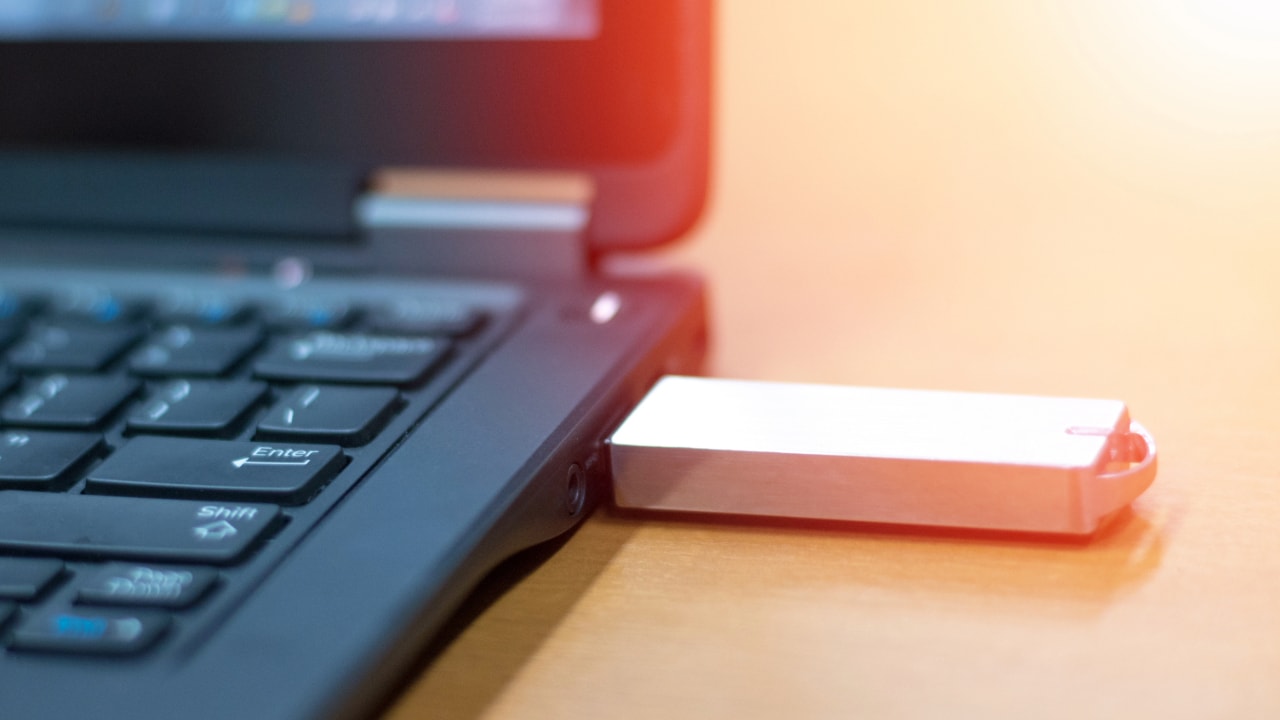
Hardware tokens, such as YubiKeys, offer a high level of security by securely storing cryptographic keys and can be integrated with adaptive authentication methods. Unlike software-based MFA methods, hardware tokens are resistant to phishing and other common attack vectors.
Advantages of Hardware Tokens:
-
Phishing Resistance: Tokens like YubiKeys cannot be tricked into revealing authentication codes.
-
Backup Capabilities: Many hardware token solutions allow users to create backups, reducing the risk of being locked out.
-
Ease of Use: Hardware tokens often work seamlessly with existing MFA systems.
Implementation Tips:
-
Issue tokens to employees handling sensitive data or systems.
-
Store backup tokens in a secure, accessible location.
-
Train users on proper token usage and storage practices.
Adopting hardware-based solutions adds an additional layer of security, ensuring that even sophisticated attacks are less likely to succeed.
6. Avoid SMS for MFA
MFA authentication methods, while varied, include SMS-based MFA, which is one of the least secure options due to its vulnerability to SIM-swapping attacks and interception. Attackers can clone a victim’s SIM card or use malicious apps to intercept text messages, gaining access to authentication codes.
Safer Alternatives:
-
Authenticator Apps: Use apps like Google Authenticator or Authy to generate OTPs locally.
-
Hardware Tokens: Adopt hardware-based MFA for critical accounts and systems.
Eliminating SMS-based MFA from your security policies strengthens defenses against common attack vectors, especially for high-value targets.
7. No Email for MFA Codes
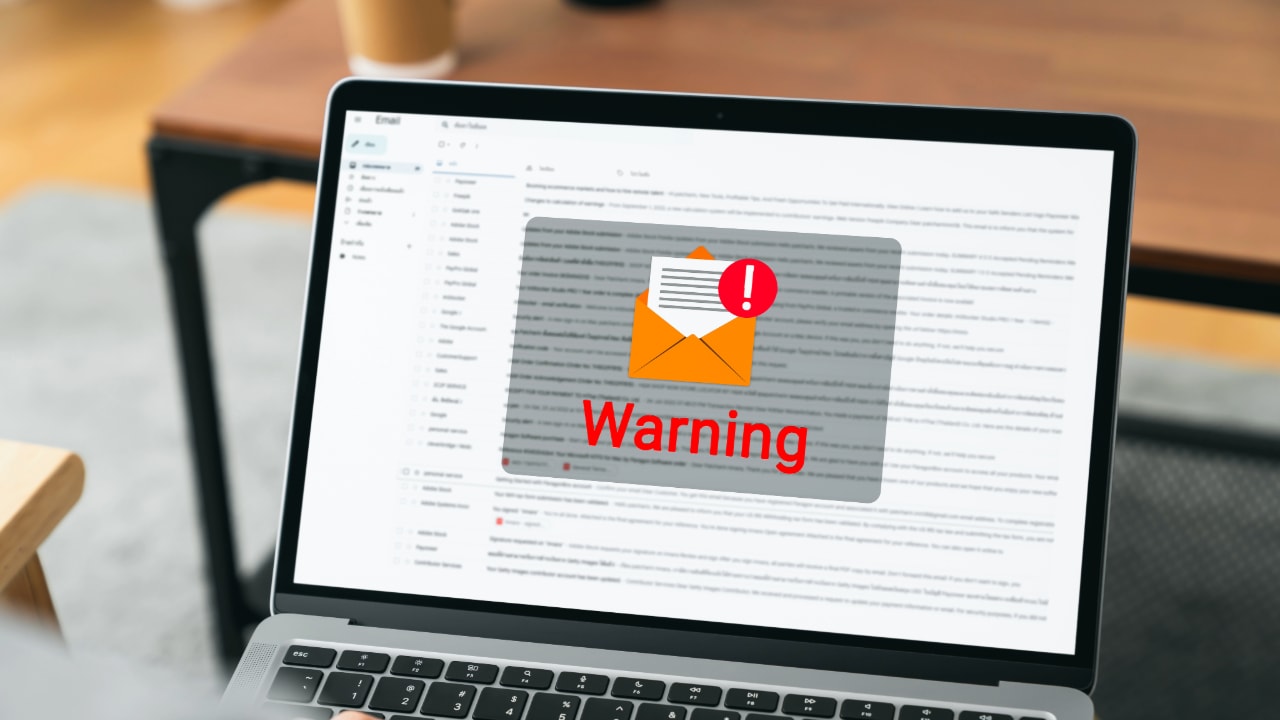
Similar to SMS, email-based MFA introduces significant risks to your online account. If an attacker compromises your email account, they can easily intercept MFA codes and gain unauthorized access to accounts.
Best Practices:
-
Use secure alternatives, such as authenticator apps or hardware tokens.
-
Implement email security measures, including two-factor authentication for email accounts.
-
Regularly audit email accounts for signs of compromise.
By avoiding email as an authentication method, organizations can eliminate a common weak point in their security architecture.
Common Multi Factor Authentication Pitfalls and How to Avoid Them
Overlooking Employee Training
MFA systems are only as strong as the people using them. Without adequate training, employees may misuse recovery keys, fall victim to phishing, or neglect device security.
Solutions:
-
Conduct regular training sessions on MFA best practices.
-
Simulate phishing attacks to educate employees on identifying threats.
-
Provide clear instructions for securing devices and managing MFA credentials.
Failing to Update Information Security Policies
Cyber threats evolve constantly, and static security policies can quickly become outdated. Regularly revisiting and updating MFA policies ensures alignment with emerging threats and technological advancements.
Ignoring Device Security
Compromised devices can render MFA ineffective. Encourage users to secure their devices with:
-
Strong passwords and biometric authentication.
-
Up-to-date antivirus and anti-malware software.
-
Regular operating system and app updates.
How to Choose the Right Multi Factor Authentication Solution for Your Organization's Network & Users
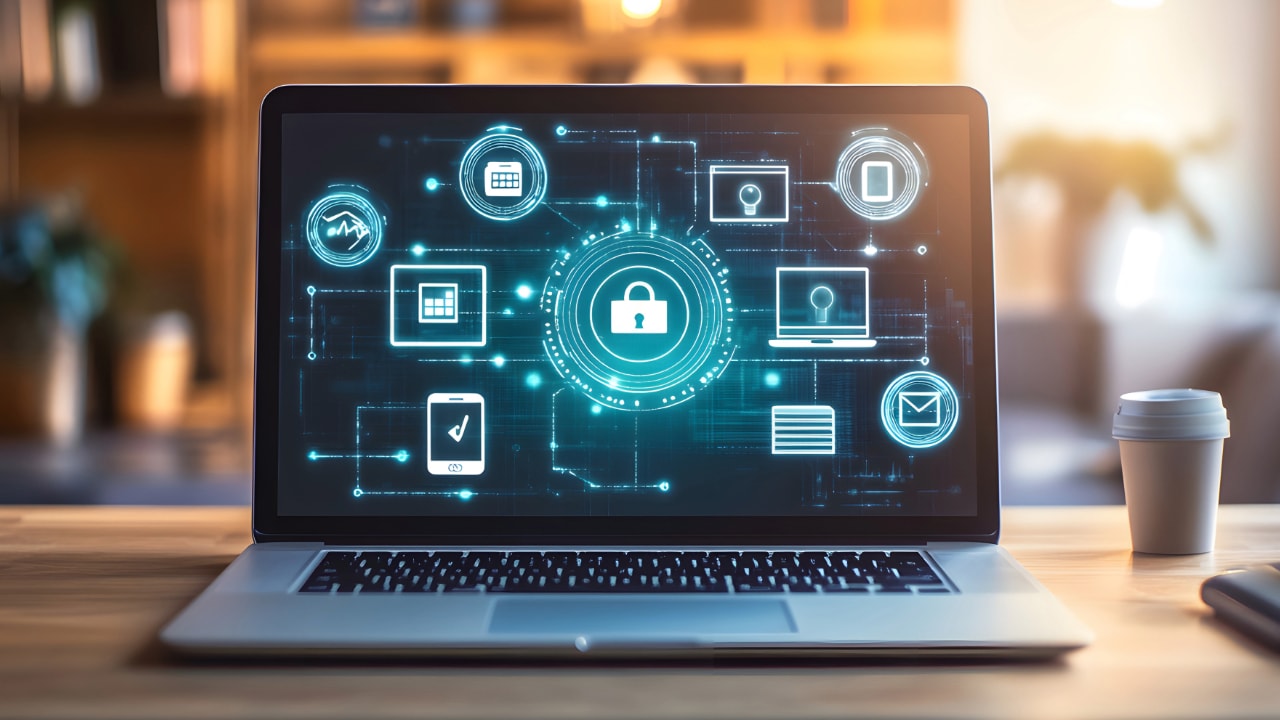
When selecting an MFA solution, consider these factors:
-
User Experience: A seamless, intuitive system encourages adoption and reduces friction.
-
Scalability: The solution should accommodate organizational growth.
-
Compatibility: Ensure integration with existing systems and workflows.
-
Security Features: Look for phishing-resistant options like FIDO2-compliant hardware tokens.
-
Cost: Balance the level of security with affordability, considering both initial and long-term expenses.
The Role of Regulatory Compliance in MFA Implementation
In many industries, regulatory frameworks mandate MFA to protect sensitive data:
-
Healthcare (HIPAA): Requires safeguards for electronic protected health information (ePHI).
-
Finance (PCI DSS): Enforces MFA for securing cardholder data.
-
Government (NIST 800-63): Specifies digital identity standards for federal systems.
Compliance with these standards not only avoids penalties but also enhances organizational credibility and trust.
Integrating Multi Factor Authentication Best Practices into Information Security Policies
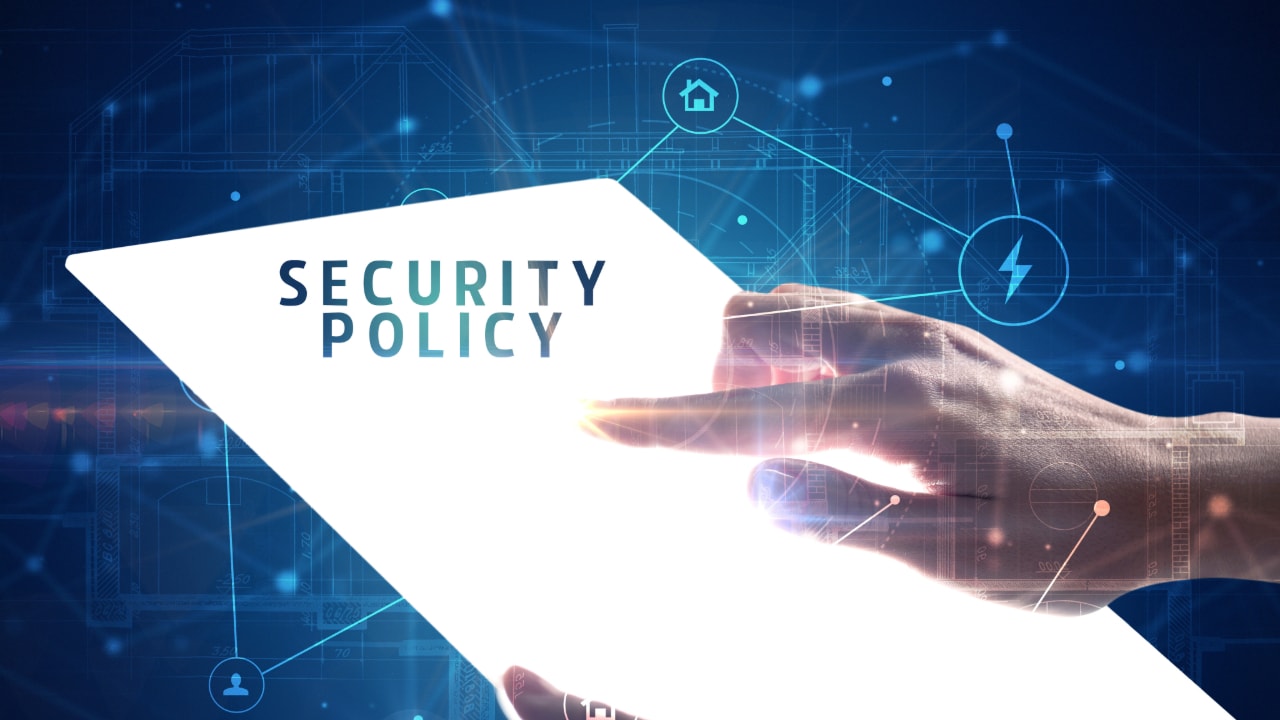
When crafting or updating information security policies to include multi factor authentication (MFA), it’s essential to go beyond a simple directive to "enable MFA." Policies should clearly outline how MFA is implemented within the organization, specifying the systems and accounts that require it, the types of authentication factors permitted, and guidance on secure usage. This ensures consistency and clarity in how MFA strengthens the organization's overall security posture.
At a minimum, a multi factor authentication policy should address:
-
Requirements: Define where MFA is mandatory (e.g., all admin accounts, remote access systems, sensitive databases) and specify the types of authentication factors allowed, such as biometrics or hardware tokens.
-
Structure: Explain how MFA is deployed and managed, including account setup, fallback options (e.g., breakglass accounts), and recovery processes.
-
System Applicability: Clearly identify the systems, platforms, and applications to which MFA policies apply. This avoids ambiguity and ensures comprehensive coverage.
-
Best Practices: Incorporate guidance, such as avoiding SMS and email-based MFA, leveraging hardware tokens, and keeping recovery keys secure. These can be included as bullet points for easy reference.
Additionally, the policy should highlight common pitfalls, as identified within this article, and outline steps to mitigate these risks. Regularly reviewing and updating multifactor authentication policies ensures they remain aligned with evolving security standards and emerging threats. By integrating these practices, organizations can create robust, actionable security policies that strengthen defenses against unauthorized access.
Conclusion: Building a Resilient Multi Factor Authentication System
Multifactor authentication is a vital tool in modern cybersecurity, but its strength lies in proper implementation and adherence to best practices. By securing recovery keys, avoiding vulnerable methods like SMS and email, and leveraging hardware-based solutions, organizations can build a resilient MFA framework.
MFA is not a set-it-and-forget-it solution. Regular reviews, employee training, and policy updates are crucial for maintaining effectiveness in an ever-changing threat landscape. When implemented thoughtfully, MFA becomes a powerful ally in protecting sensitive information and ensuring business continuity.
STAY INFORMED
Subscribe now to receive the latest expert insights on cybersecurity, compliance, and business management delivered straight to your inbox.
We hate SPAM. We will never sell your information, for any reason.


